Year 1, Lesson 2.5: Individual and Class Missions
Unit Learning Goal
Students will practice self-reflection and develop a purpose-driven mission.
Lesson Goal
Students will be able to specify their individual purpose in practice with a mission statement and determine a collective mission statement.
Assessment
Review students’ written mission statements for inclusion of the elements of purpose.
Monitor class conversations for understanding of how to craft a class mission.
Analyze Exit Tickets to determine connections between students’ personal and class missions.
CASEL Alignment
Social Awareness
Portfolio Documentation
Resources
Claremont Purpose Scale items (see text version or quiz version)
Lesson 2.1 Students’ completed Mirror Reflection
Lesson 2.2 Students’ completed Value Sort
Lesson 2.2 Value Sort results for the class (using tallies or event code)
Prerequisites
Lesson 2.1 Reflection
Lesson 2.2 Values
Total Time
45 minutes
-
Remind students that last lesson students explored the many elements or facets of their identities by creating an “identity pie” or something similar. Ask students to list some elements of identity that you can write on the board together.
Tell students that in this lesson you’ll be taking a deeper look at the ideas of purpose and mission. Explain to students that purpose and mission are often guided by many of the elements you’ve discussed so far this year, like values, interests, and identity.
Instructions
1. Opener: Exploring and Defining Purpose. [10 min]
Present students with the Claremont Purpose Scale as a warmup. The scale was developed by researchers to measure how much of a sense of purpose a person has in life. You may wish to read some of the items aloud for group discussion or silent reflection, or have students use the quiz version (available from the Greater Good Science Center).
NOTE: Some of the items on this scale may be considered sensitive depending on the age of your students, their mental health status or needs, and your cultural context. Please adapt accordingly.
Explain to students that the scale was meant to measure purpose, which can be defined according to a definition from researcher William Damon as:
A long-term goal.
Personally meaningful.
Beyond yourself.
By contrast, a purpose is not:
Short-term (such as achieving a quick task like doing well on a single test).
Chosen by someone else (like a goal chosen for you by someone else).
Focused just on you.
- Student from Katerine Hurtatiz Espinosa’s class at Saint George’s School in Bogota, Colombia
2. Defining a Mission for Yourself. [10 min]
A mission is a statement that puts your purpose into action.
Tell students to look back at the Mirror Reflection and Value Sort that they completed in Lessons 2.1 and 2.2.
Based on what students identified about themselves, they should complete page one of Individual & Class Mission Handout.
Students will each write a short mission-statement that puts a sense of purpose into action and that fulfills the three parts of purpose:
Long-term
Personally meaningful
Beyond the self
Provide students with examples of what such a mission statement can look like.
Explain to students that if, as they were reading the Claremont Purpose Scale items, they felt that they were high in purpose, this is a chance for them to focus that purpose on paper and make it concrete. If they felt that they were someone struggling with purpose, this exercise can help them think deeper and hone their purpose.
Keep the written reflection for the Good Work Portfolio.
- Students in Mahesh Kumar’s class at Legacy School Bangalore in India worked together to come up with group and class mission statements
3. Collective Mission. [20 minutes]
Access the aggregate information for the value sort activity that students completed via the event code for the class in Lesson 2.2.
Display the list of the top values most important to the class.
Divide the class into small groups to complete page 2 of the Individual & Class Mission Handout.
Each group should consider the values shown as most important to the class and any commonalities in their own mission statements to write a “Class Mission Statement,” using some of the following prompts:
What are our shared values and long-term goals as a class?
What are our hopes for members of our class community?
How can we ensure that our mission is meaningful to all of us and others?
Bring the class back together and share the results of these individual discussions and the Class Mission Statements that each group wrote. Point out commonalities or differences and try to write one collective mission statement.
Using a chalk board or projector to write out ideas coming from the individual discussions, work as a class to identify a coherent class mission that represents the top values.
Keep the written reflection for the Good Work Portfolio
-
“I followed the lesson plan but allowed several days for my students to complete an infographic of their mission statement. We used Canva templates to design an infographic.”
- Educator from The Good Project Community of Practice
-
“The chance to write their own mission statement and how they are going to get there was great. The students really liked looking at their careers and how they are going to get there.”'
- Educator from The Good Project Community of Practice
4. Closing and Exit Ticket. [5 minutes]
Ask students to complete the Lesson 2.5 Exit Ticket.
Students will answer the following: “How does my personal mission statement relate to the mission of the class?”
Keep the written reflection for the Good Work Portfolio.
Lesson Walkthrough
Watch this short video guide for lesson specific advice from The Good Project Research Team.




